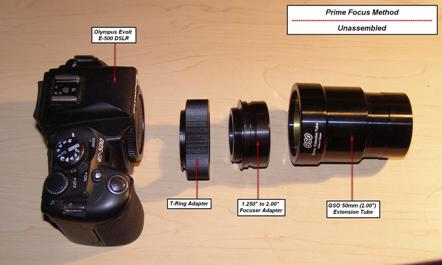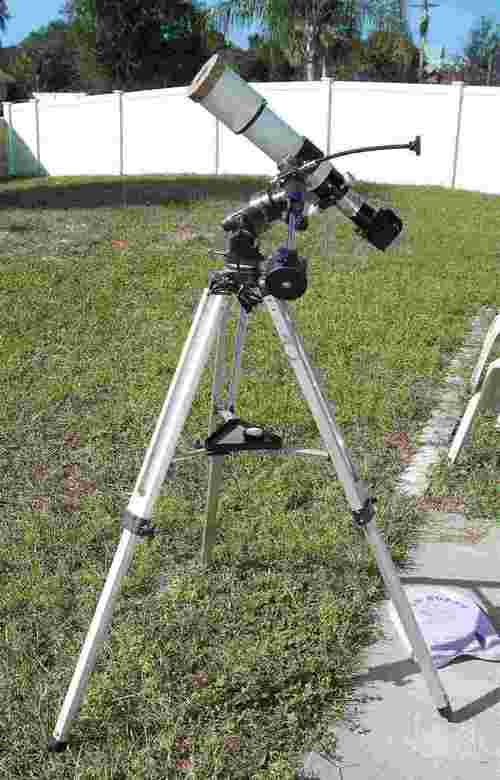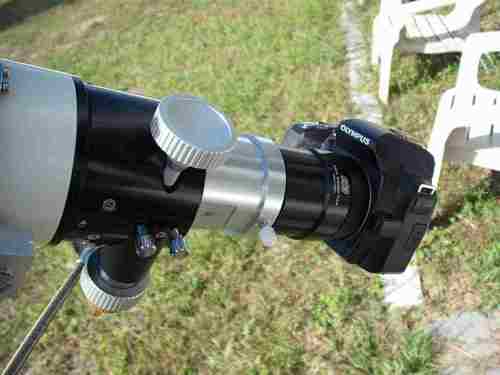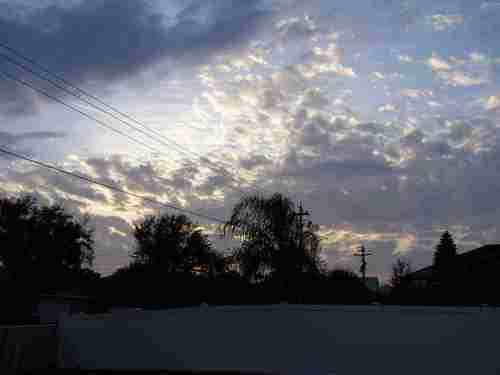|

Around the 1st of November of 2011, an
unusually large sunspot group appeared on the eastern limb of the Sun. It
sparked quite a bit of interest within the astronomical community, and
spawned a plethora of articles. It was noted that this huge sunspot
grouping grew to 50,000 miles long! That's astonishing! My only demise
is that I did not begin my imaging marathon when the spot initially
appeared on the limb a few days earlier. I guess I was too busy trying to
decide on the setup I was going to use. In the nick of time, I chose
my setup, and the rest is history on the move.
With this project aloft, I will continue
to capture as many daily images as possible as we approach Solar
Maximum, and beyond. The imaging project begun on November 07, 2011, and continues
to this day. Each day I will capture an image of the Sun's photosphere
and prep it for posting under this the pages of this observation. In most cases, I will
post the most recent images on a weekly basis. Please accept my apologies if I fail
short of that goal.
During the capturing of these images,
there were days when the weather conditions were daunting or
unfavorable. But despite the periodic gaps throughout the observation series, I
did not miss much solar activity. The one day I truly was sorry I missed was January 07, 2012,
when a sunspot group in the upper right hand quadrant blossomed at a
tremendous rate. Just check out the differences between the images taken
on 01-06-2012 and a couple days later on 01-08-2012. I missed the
01-07-2012 shot due to a fishing trip. Nevertheless, what a difference
a day makes!
Now, let's discuss the method I used to
get these images. One might think that this huge collection of images
may have been put together with great effort. Au contraire! Actually,
once I developed my method, it only took no more than 15 minutes to
setup, get my series of images to choose from, and have one ready for
posting. The DSLR camera settings established for my particular setup
are
as follows: Manual selection on the main dial --
Shutter Speed: 1/640th and 1/500th of a second -- ISO: 100 -- Image Quality: SHQ -- White
Balance: 0. One of these days, I will post a video that shows the steps I go through to
capture my
shots. In the meantime, please enjoy checking out the photos of Sol
I have posted by placing your mouse cursor over the
"Sequential Solar Obs Pages"
button shown above and clicking on the date range of interest from the
drop-down list.



The above pictures shows the Prime
Focus imaging method setup I used to capture the majority of the solar
images displayed in the collection contained herein. The photo on the
left conveys an view of the setup exploded to show the individual
components used. The image on the left shows the setup assembled. Click
each images to enlarge!

Thanks, and Clear
Skies, Forever!!!
Mel Dawson


|







